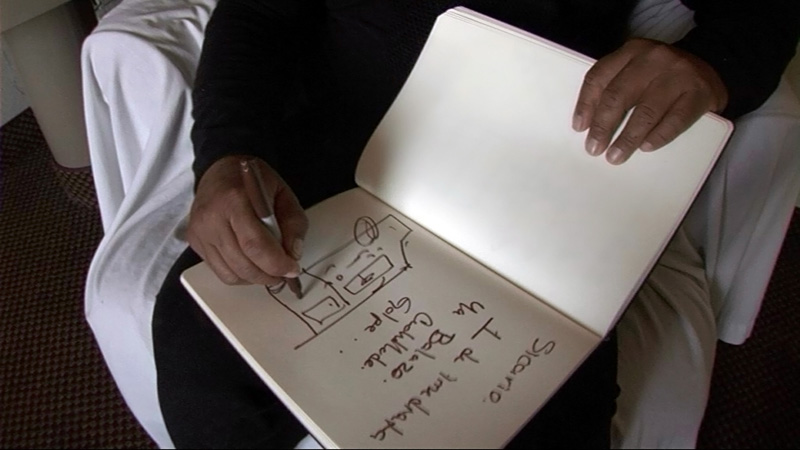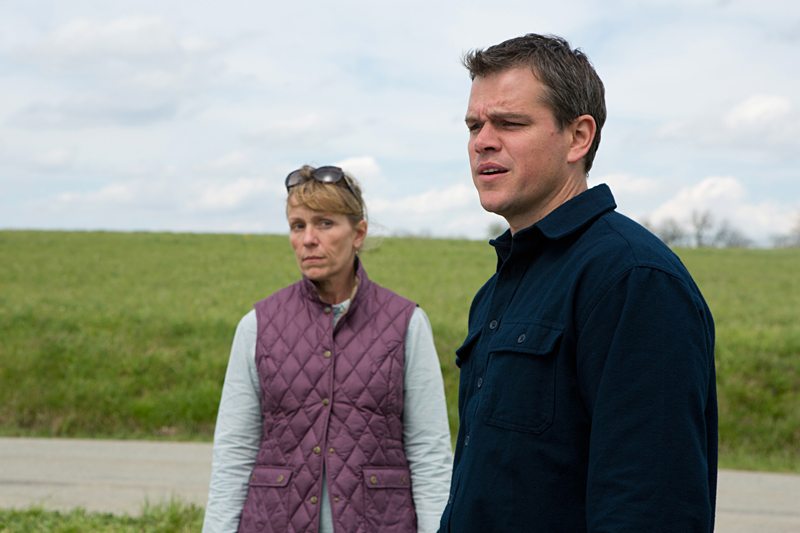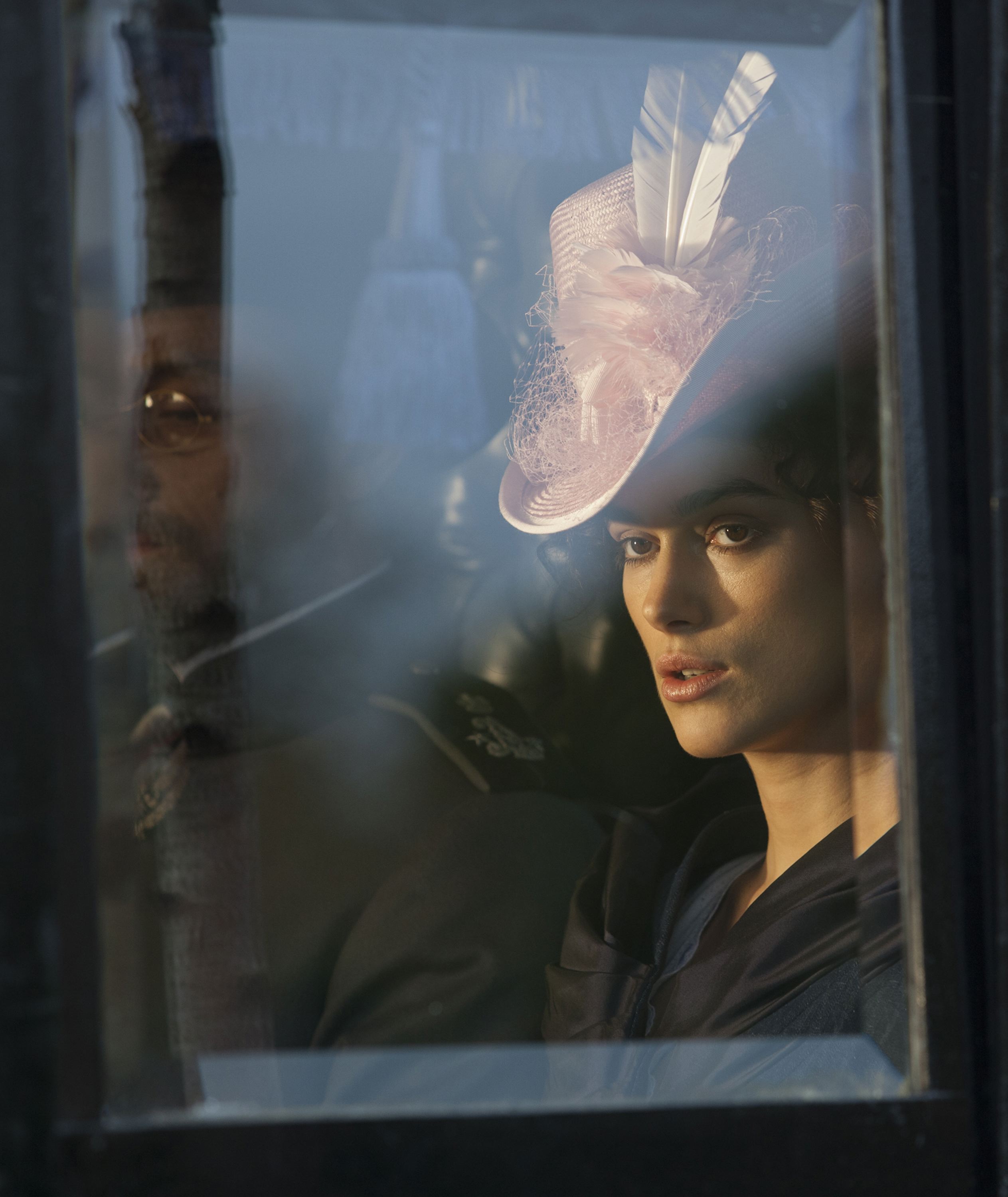The subject of Gianfranco Rosi’s documentary portrait is a former resident of Ciudad Juárez, a Mexican city where, according to the closing titles, 5,000 people have been murdered since 2008. It’s here that our anonymous subject worked under the drug cartels for 20 years, at one point simultaneously employed as an officer of the Chihuahua State Police and as a professional assassin, a double life that is, to hear him tell it, by no means unusual. El Sicario is shot almost entirely inside a nondescript motel room, number 164. (“Sicario,” incidentally, is slang for a professional killer.) Wearing a black cowl concealing his face, the subject gives a guided tour of his life, from his induction into “narcotrafficking” as a teenager through his cartel-sponsored trip to the police academy (“used by the narcos as training grounds”) and his long subsequent career as a hired killer. He compulsively illustrates his life story with a brown Sharpie and a bound notebook and lucidly outlines the ins and outs of trafficking and endemic, system-wide corruption in doodles and abstract diagrams. The sparse, almost banal presentation here is a virtue, for to boldface the horrors under discussion would only trivialize or sensationalize them. Hoping for his own salvation, the converted killer now claims the scales have fallen from his eyes, but his executioner’s hood remains in place to the end—as does the mephitic air of timeless evil that hangs over El Sicario.
El Sicario, Room 164: A Mexican Assassin Tells All








